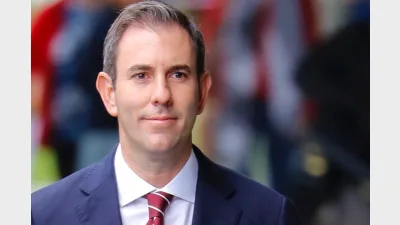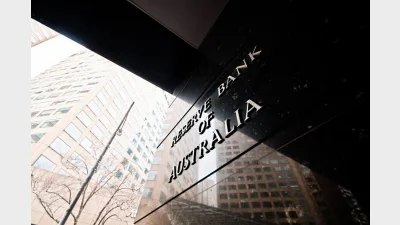Vision Super reduces portfolio’s carbon footprint



Vision Super has reduced the carbon intensity of its portfolio and implemented other environmental, social and governance (ESG) measures over the last year, according to its latest corporate responsibility report which was released today.
Vision Super said that reducing its portfolio’s carbon footprint both reflected the fund’s responsibility to members and protected their investments.
“As a values-based fund, we believe we have a responsibility to act on members’ environmental and ethical concerns,” Stephen Rowe, Vision Super chief executive said.
“Last year, we took further action to reduce the carbon intensity of our equities portfolios, because we believe that it is vital to safeguarding our members’ retirement savings.”
Vision Super also implemented a range of operational decisions to reduce their carbon footprint, such as replacing its car fleet with more carbon efficient vehicles and reducing paper use and waste.
Rowe said that the fund’s ESG efforts were not limited to solely environmental issues, as social and environmental problems were intertwined.
“We consider issues like tax policy, wages, trade unionism, child labour – which are all part of our holistic ESG decision-making framework that informs all of our investment decisions as a values-based fund,” he said.
Vision Super had previously been recognised as the fourth largest responsible investor in Australia by the Responsible Investment Benchmark Report in 2016, and was ranked 19th out of the world’s 500 largest investors for action on climate change in the 2017 Global Climate Index by the Asset Owners Disclosure Project.
Recommended for you
Super trustees need to be prepared for the potential that the AI rise could cause billions of assets to shift in superannuation, according to an academic from the University of Technology Sydney.
AMP’s superannuation business has returned to outflows in the third quarter of 2025 after reporting its first positive cash flow since 2017 last quarter.
The major changes to the proposed $3 million super tax legislation have been welcomed across the superannuation industry.
In holding the cash rate steady in September, the RBA has judged that policy remains restrictive even as housing and credit growth gather pace.









